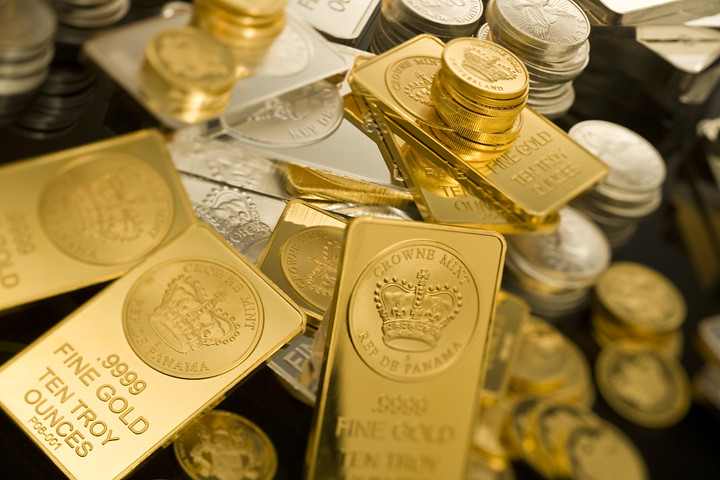On July 30, the World Gold Council (WGC) published a quarterly survey on global gold production and consumption. The WGC data indicate that in difficult economic conditions, production fell by 15% compared to the same period in 2019, to 1243 tons. At the same time, total demand decreased less significantly, only by 11%, to 1,016 tons.
The main reason for the fall in global gold consumption was the decline in industrial demand. According to the WGC, the needs of the jewelry industry fell to 251.5 tonnes, which is half of last year's level. The biggest drop was seen in the Indian jewelry industry. During the quarter, Indian jewelers purchased only 44 tons of gold, which is almost four times less than in the second quarter of 2019 (168.6 tons). In China, demand fell by a third, to 91 tons. The consumption of metal from other industrial sectors (electronics, dentistry and others) also decreased, but less significantly - by 18%, to 66.6 tons.
At the same time, the drop in demand from industry was more than offset by investment demand. According to the WGC, it increased 1.8 times in annual terms, to 582.9 tons. Over 74% of demand fell on exchange-traded funds (ETFs), which increased investments in the metal by more than 434 tons, bringing them to a record 3620 tons. Investors are actively buying gold amid massive monetary stimulus from central banks, as well as the tense situation in the world.
Private investors have become less active in buying gold. In the last quarter, the demand for bullion and coins fell by one third and amounted to 148.8 tons. The demand for metal from central banks decreased even more. According to WGC estimates, in the last quarter they purchased only 114.7 tonnes in reserves, which is half of last year's figure.
source: gold.org
The main reason for the fall in global gold consumption was the decline in industrial demand. According to the WGC, the needs of the jewelry industry fell to 251.5 tonnes, which is half of last year's level. The biggest drop was seen in the Indian jewelry industry. During the quarter, Indian jewelers purchased only 44 tons of gold, which is almost four times less than in the second quarter of 2019 (168.6 tons). In China, demand fell by a third, to 91 tons. The consumption of metal from other industrial sectors (electronics, dentistry and others) also decreased, but less significantly - by 18%, to 66.6 tons.
At the same time, the drop in demand from industry was more than offset by investment demand. According to the WGC, it increased 1.8 times in annual terms, to 582.9 tons. Over 74% of demand fell on exchange-traded funds (ETFs), which increased investments in the metal by more than 434 tons, bringing them to a record 3620 tons. Investors are actively buying gold amid massive monetary stimulus from central banks, as well as the tense situation in the world.
Private investors have become less active in buying gold. In the last quarter, the demand for bullion and coins fell by one third and amounted to 148.8 tons. The demand for metal from central banks decreased even more. According to WGC estimates, in the last quarter they purchased only 114.7 tonnes in reserves, which is half of last year's figure.
source: gold.org



















